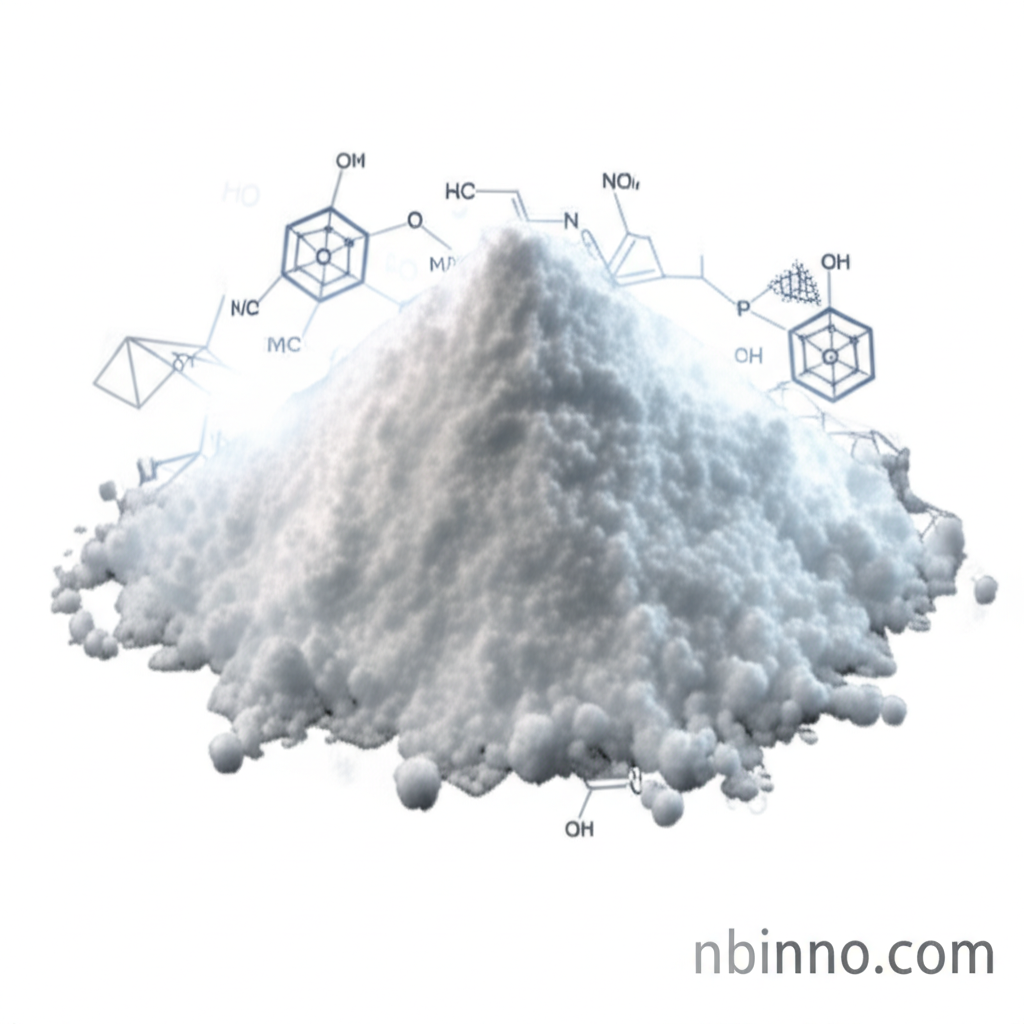Antipyrine: A Cornerstone in Pharmaceutical History
Explore the enduring legacy and diverse applications of Antipyrine, a key synthetic analgesic and antipyretic.
Get a Quote & SampleProduct Core Value

Antipyrine
Antipyrine, also known as Phenazone, stands as one of the earliest successful synthetic drugs, renowned for its analgesic and antipyretic properties. Its historical significance is underscored by its role in shaping the early pharmaceutical industry and its continued use in specific scientific applications, such as studying drug metabolism.
- Understanding the historical context of early synthetic drugs, like antipyrine uses for fever, provides insight into modern pharmaceutical development.
- Researchers utilize antipyrine pharmaceutical applications as a metabolic probe for assessing hepatic oxidative enzyme activity, contributing to a deeper understanding of drug interactions.
- The synthesis process of antipyrine, dating back to the 1880s, highlights early advancements in organic chemistry and pharmaceutical manufacturing.
- The versatile uses of antipyrine in medicine, particularly its antipyretic and analgesic roles, continue to be a subject of scientific interest.
Key Advantages
Historical Significance
Delve into the rich history surrounding antipyrine and its pivotal role in the evolution of early synthetic medications, revealing its foundational importance in modern pharmacology.
Metabolic Research Utility
Leverage antipyrine's well-established metabolic pathways to conduct crucial research on drug-metabolizing enzymes and xenobiotic interactions, aiding in the development of safer pharmaceuticals.
Chemical Purity and Stability
Benefit from the reliable chemical properties of Antipyrine, provided as a white crystalline powder, ensuring consistent performance in laboratory and analytical applications.
Key Applications
Pharmaceutical Research
Antipyrine is frequently employed as a metabolic probe in scientific studies, particularly for investigating the activity of hepatic oxidative enzymes and the effects of various substances on drug metabolism.
Historical Pharmaceutical Use
Historically, Antipyrine was widely used as an analgesic and antipyretic, though its application has shifted with the advent of newer drugs. Understanding its historical context is vital for comprehending pharmaceutical advancements.
Analytical Standards
High-purity Antipyrine serves as a critical reference standard in analytical chemistry and pharmaceutical quality control, ensuring the accuracy and reliability of testing procedures.
Chemical Synthesis Intermediate
The chemical structure of Antipyrine makes it a valuable intermediate or building block in the synthesis of various other organic compounds and derivatives for specialized chemical applications.
